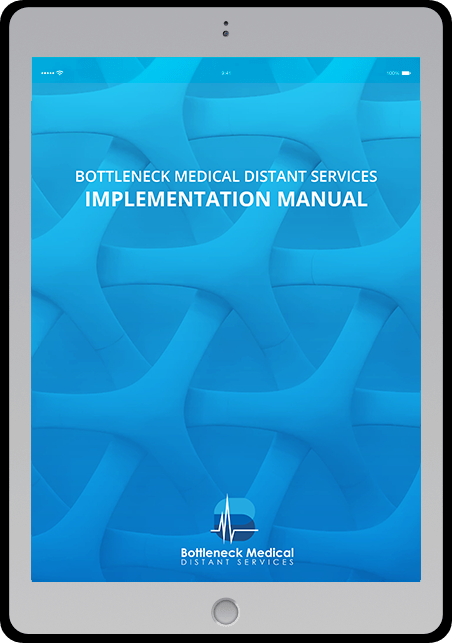Discover how it works by scheduling a free consultation with our account specialist.
Establishing a Safe Distant Workplace for Your MDA

Some medical practices have begun to outsource services and hire distant employees. As a result, the need to establish systems to accommodate remote workers has grown even more important. When you hire your own medical distant assistant (MDA), how do you create a safe distant workplace for them?
Identify and manage occupational hazards
Medical practice leaders consider potential occupational hazards whenever they hire new employees. They can easily name these risks in a traditional setup where team members work on-site. The challenges arise when remote workers are thrown into the mix.
To effectively manage workplace safety for your MDA, you first need to identify the risks that are unique to their nature of employment.
Physical hazards
Tripping on wires in a home-based office halfway across the globe is as possible as slipping on wet tiles on your clinic floor. Nearly anything can catch fire. Earthquakes and hurricanes also occur anywhere.
Require your MDA to create a dedicated workplace environment that can reduce these risks and any resulting damage. Ask that they provide evidence of their compliance, such as photographs and videos.
Establish a system of reporting should incidences take place. Consider this: how will your MDA let you know when they are indisposed due to a fall?
It is also imperative that you perform regular assessments to ensure strict adherence to this policy.
Data security risks
Your MDA will be working for you through their computer. Hence, measures to prevent data compromise must be boosted.
You may require your MDA to put up security firewalls. Data encryption and strengthened passwords go a long way. Regular monitoring of computer security and data transfer counts as well.
Treat your MDA like any employee
Workplace safety measures should cover not only the physical and distant aspects of an MDA’s job. There should also be an effort to make them feel safe in other respects. Make sure your MDAs perform at their peak by treating them like any other employee.
In a 2018 survey by 15Five, 38% of 1,000 US employees confessed to being unhappy. Most of them cited feeling underappreciated and undervalued at work as the primary cause.
If this is the case for the traditional employee, then the same could be true for remote workers. Your MDA’s needs are not that different from those of an on-site employee. Understanding this is the key to making their workplace safe.
When you hire your MDA, they will be trained in the same areas traditionally covered by an office worker. Thus, they should be shown the ropes and accommodated in the same manner.
Introduce them to your team members and patients. Evaluate and recognize their work to help them grow and stay motivated. Give them the assurance that they can always go to you for needed guidance and feedback.
Lastly, let them know that your communication lines go both ways. By doing this, your MDA will be assured that what they have to say is valued and appreciated. After all, a safe distant workplace is one that is founded on mutual trust.
At BMVS, we seek to guide you in improving your practice with the help of distant services. Walk with us as we show you more of what it is like to hire your own medical distant assistant.
Stay Updated
Subscribe To Our Newsletter For Updates And A Free Copy Of The Bottleneck Medical Virtual Services Implementation Manual.

